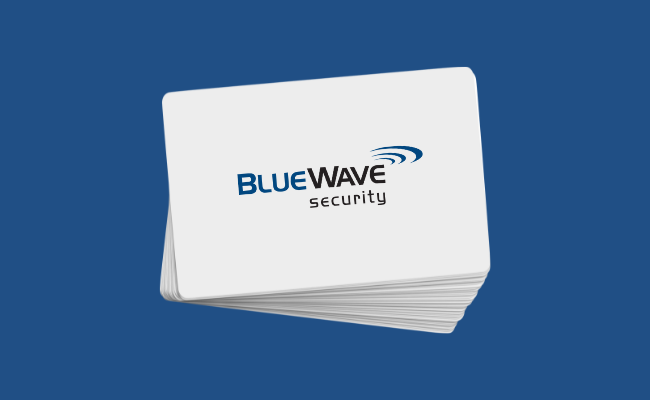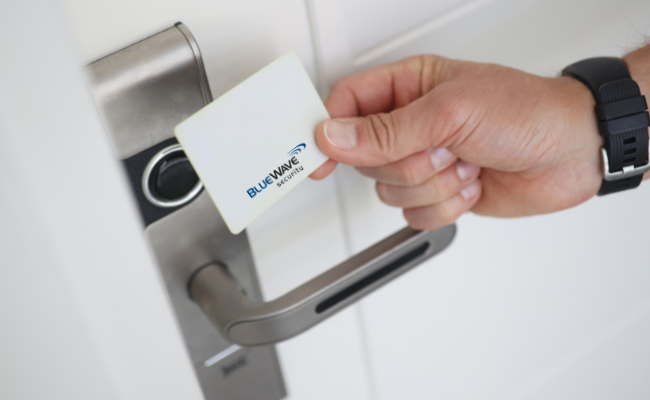Card frequencies in access control have become an integral part of keeping people and places secure. There are many different types of card frequencies that are used, including low frequency, high frequency, ultra high frequency, and Bluetooth/NFC. In this blog post, we’ll explore the differences between all of these card frequencies and how they can be used to maximize security.
Low frequency cards are the most basic type of access control card. They use a frequency range of 125 kHz – 134 kHz and are typically used in short-range access control systems. Low frequency cards are the most commonly used type of access control card and are often used in hospitals, office buildings, and other commercial spaces. While these cards are relatively inexpensive and easy to use, they are also the least secure type of card, as they can be easily cloned or copied.
High frequency cards are more secure than low frequency cards and use a frequency range of 13.56 MHz. These cards are also used in short-range access control systems and are commonly used in residential and commercial settings. High frequency cards are much more difficult to clone or copy than low frequency cards and are often used in applications where greater security is needed.
Ultra high frequency cards are the most secure type of access control card and use a frequency range of 868 MHz and 915 MHz. These cards are typically used in long-range access control systems and are often used in government and military applications. Ultra high frequency cards are nearly impossible to clone or copy, making them ideal for applications where the highest level of security is needed.
Bluetooth and NFC (Near Field Communication) cards are also used in access control systems. These cards use a wireless connection to communicate with a reader and are often used in mobile access control applications. Bluetooth and NFC cards are more secure than low and high frequency cards, but are not as secure as ultra high frequency cards.
Now that we’ve explored the differences between all of the different types of card frequencies in access control, it’s important to remember that the type of card you choose will depend on the level of security you need. Low frequency cards are the least secure, but are also the most affordable and easiest to use. High frequency cards are more secure, but can be cloned or copied. Ultra high frequency cards are the most secure, but are also the most expensive. Bluetooth and NFC cards are secure and are often used in mobile access control applications. No matter which type of card you choose, you can be sure that you’re keeping your people and places secure.

So how do you figure out which frequency is best for the project at hand? Here are some tips to help you determine which type of card frequency is best for your system.
- Determine the range of access you need. Different card frequencies offer different ranges of access. If you are only trying to control access to a single door or room, a low-frequency card may be sufficient. However, if you need access to multiple buildings or areas, you may need a higher-frequency card.
- Consider the environment. If you live in a harsh environment with extreme temperatures or humidity, you may need a card with a higher frequency to ensure it will still work in these conditions.
- Take your budget into account. High-frequency cards are typically more expensive than low-frequency cards, so make sure you are choosing the right one for your budget.
- Consider the security level you need. Low-frequency cards offer basic security, while high-frequency cards offer enhanced security. If security is a priority for you, you may want to choose a higher-frequency card.
If you need help figuring out which is best for you and your set up, reach out and we’re happy to talk through what your needs are.

